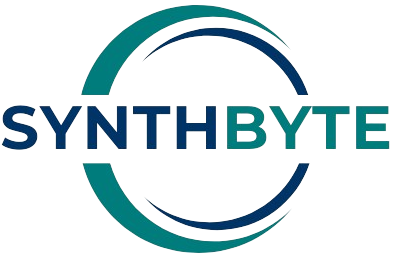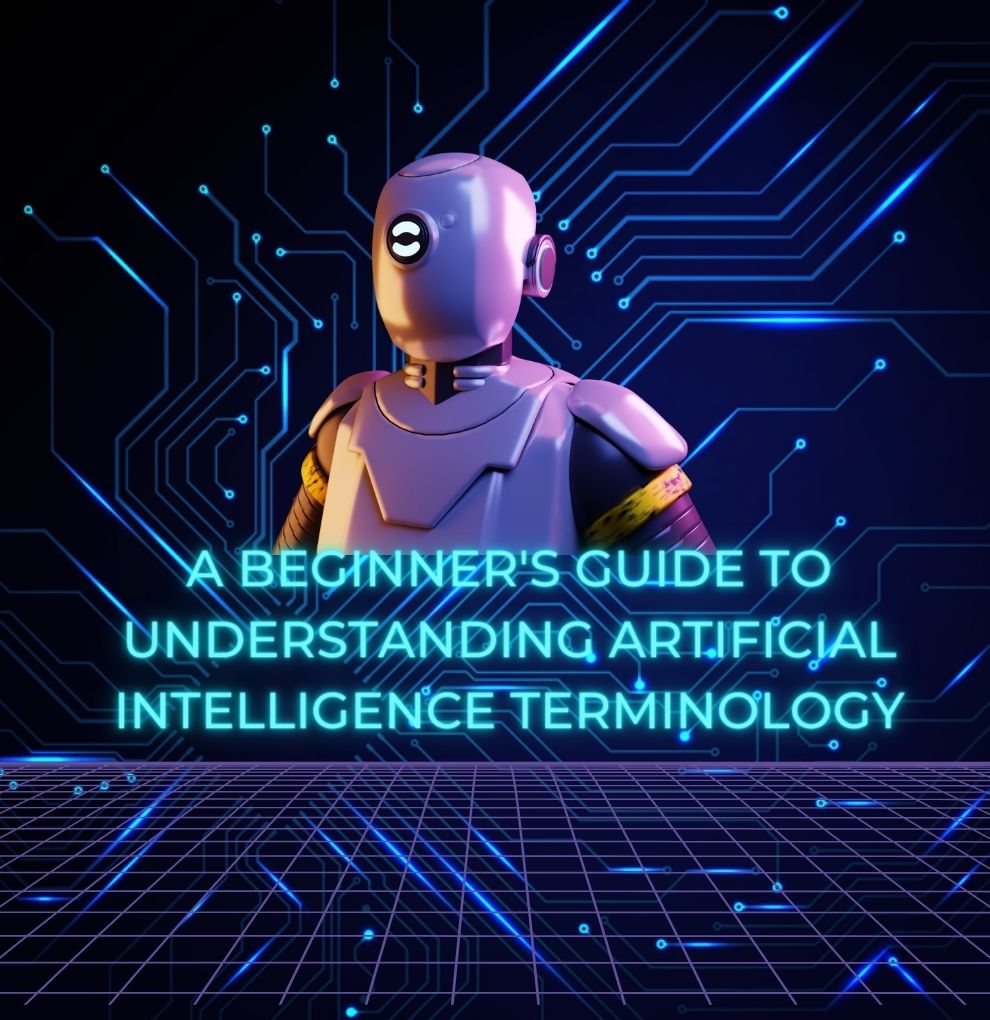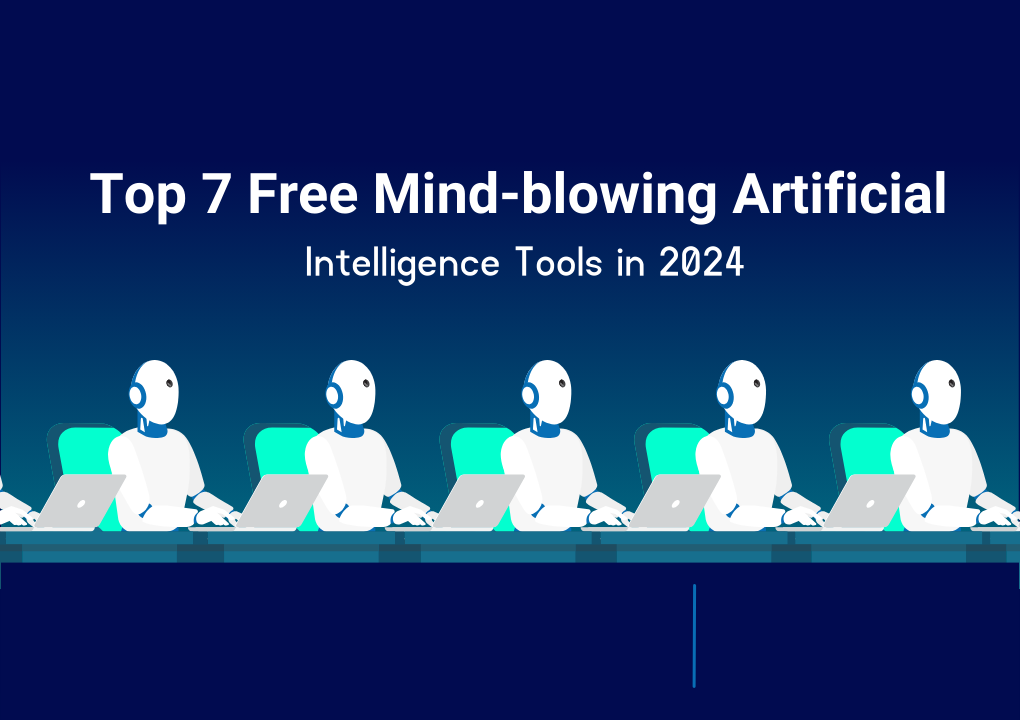Introduction
AI Unveiled: Your Easy Introduction to Artificial Intelligence
Welcome to the world of Artificial Intelligence (AI for short). If you’ve ever wondered who’s behind the tech magic, you’re in for a treat. Whether you’re a tech passionate or just curious about the interest, let’s take a casual stroll into the world of AI, so keep reading this guide as Understanding Artificial Intelligence Terminology.
Table of Contents
Great, So What’s AI All About?
Imagine if machines could learn, make judgments, and understand things in the same way that people do. That is the magic of AI! It’s more than just a jargon; it enables cool things like virtual assistants (think Siri or Alexa) and helps organizations make sound decisions.
Why Should You Care About AI?
In a world full of information, AI is like a superhero who transforms data into meaningful insights. AI is everywhere, from having your phone communicate back to you to assisting doctors in predicting health outcomes.
Let’s Keep It Simple
Okay, here’s the deal. AI may sound a little fancy with all its big jargon but don’t worry. In this series, we will break everything down in simple terms. Whether you’re a computer expert or simply enjoy learning how things operate, join us as we simplify AI.
Why Read This Series?
Welcome to a unique exploration of Artificial Intelligence (AI) where we’re ditching the technical jargon and inviting you on an entertaining voyage into the heart of this fascinating field. Whether you’re new to AI or just seeking a refresher, we’re here to demystify without overwhelming you with complex terminology. So, fasten your seatbelt for a journey that promises to be enlightening, engaging, and free from the usual technical talk. Let’s embark on this entertaining voyage together, unlocking the mysteries of AI without the burden of confusing terminology. Understanding Artificial Intelligence Terminology has never been this approachable and enjoyable!
So, take a virtual seat, and let’s explore the amazing world of AI together!
Introduction to AI Terminology
Now, let’s create a simple table for the “Understanding Artificial Intelligence Terminology“:
| Term | Definition | Example |
|---|---|---|
| Machine Learning | A type of AI that enables machines to learn and improve from experience without being explicitly programmed. | Predictive text on your smartphone. |
| Algorithms | Step-by-step procedures or formulas for solving problems or completing tasks. | Sorting a list of names alphabetically. |
| Neural Networks | Computer systems inspired by the human brain, designed to recognize patterns. | Facial recognition in photos on social media. |
| NLP (Natural Language Processing) | AI’s ability to understand, interpret, and generate human-like language. | Voice commands to your virtual assistant. |
| ML (Deep Learning) | A subset of machine learning using neural networks with multiple layers. | Image recognition in apps like Google Photos. |
| IoT (Internet of Things) | A network of interconnected devices sharing and exchanging data. | Smart home devices communicating with each other. |
Introduction to AI acronym
- NLP (Natural Language Processing):
- What it is: Think of NLP as teaching machines to understand and communicate in human language—just like how you talk to your friends.
- Example: When you ask your virtual assistant a question and it understands what you’re saying, that’s NLP at work.
- ML (Machine Learning):
- What it is: Machine Learning is like giving computers the ability to learn and improve from experience without someone telling them what to do.
- Example: When your phone predicts what word you’re going to type next, that’s Machine Learning.
- IoT (Internet of Things):
- What it is: Imagine a world where your devices talk to each other—IoT makes that happen. It’s like your smart home gadgets having a chat.
- Example: Your thermostat telling your lights to turn off when you leave the house—thanks to IoT.
- AI (Artificial Intelligence):
- What it is: AI is like giving machines a brain so they can think and make decisions, almost like humans.
- Example: When a computer beats a chess grandmaster, that’s Artificial Intelligence showing off.
- ML (Deep Learning):
- What it is: Deep Learning is like a more advanced version of Machine Learning, where computers use super-smart networks to figure out complex stuff.
- Example: When your phone recognizes faces in your photos, that’s Deep Learning doing its magic.
These acronyms might sound techy, but at their core, they’re all about making technology smarter and more human-like. They’re the secret sauce behind the cool things your devices can do!
Understanding AI Processe
- What Happens Behind the Scenes:
Consider AI to be a curious learner who is continuously seeking to comprehend and make sense of the world. In the background, it performs a number of procedures to identify patterns and solve problems.
2. Data, the Building Blocks:
AI operates similarly to a detective, with data serving as its toolkit. It collects data, be it text, photos, or numbers. The more diverse the data, the better AI grows.
2. Training the AI Brain:
Here comes the fascinating part. AI, like humans, requires training to learn from experience. It is exposed to a large number of samples and learns to spot patterns and make predictions.
2. Decision Time:
Once trained, AI can start making decisions. It’s like having a really smart assistant who can analyze information and provide insights or even suggest actions.
2. Feedback Loop:
AI is similar to a student in that it improves with feedback. When it makes a mistake, the feedback helps it learn and improve, just as you learn from your mistakes.
2. Real-world Application:
Consider AI operations to be like clockwork. Each component serves a purpose, and when they operate together, you get a well-functioning system capable of performing remarkable things like recognizing faces in photographs and translating languages on the fly.
Understanding AI processes is like to looking behind the curtain to observe how magic happens. The journey from raw data to intelligent decision-making is what excites people about artificial intelligence.
Certainly, let’s dive into the fascinating realm of “AI in Everyday Life”:
Understanding AI Processe
- Smart Assistants and Virtual Friends:
- What it is: AI is your virtual companion, like Siri, Alexa, or Google Assistant, that understands your voice commands and helps with various tasks.
- Example: Asking Siri for the weather forecast or instructing Alexa to play your favorite song.
- Personalized Recommendations:
- What it is: AI is like your personal shopper, suggesting movies, music, products, or even news articles based on your preferences.
- Example: Netflix recommending shows or Amazon suggesting products you might like.
- Social Media Algorithms:
- What it is: AI shapes your online experience, showing you posts, ads, and content tailored to your interests and online behavior.
- Example: Facebook and Instagram algorithms displaying content relevant to your interactions.
- Autocorrect and Predictive Text:
- What it is: AI is your helpful editor, correcting your typos and predicting the next word you might type.
- Example: Autocorrect fixing spelling mistakes in your messages or emails.
- Image and Speech Recognition:
- What it is: AI interprets visual and auditory cues, identifying people, objects, and even understanding spoken language.
- Example: Google Photos recognizing faces in your pictures or voice assistants understanding your spoken commands.
- Navigation Apps:
- What it is: AI is your navigation expert, predicting traffic patterns, suggesting alternate routes, and estimating arrival times.
- Example: GPS apps like Waze optimize your route based on real-time data.
- Customer Service Chatbots:
- What it is: AI is your virtual customer support, handling queries and providing assistance on websites or through messaging.
- Example: Chatbots on websites helping you with product information or troubleshooting.
- Health Monitoring Devices:
- What it is: AI contributes to health tech, analyzing data from wearables to provide insights on fitness, sleep, and overall well-being.
- Example: Smartwatches tracking your steps, heart rate, and sleep patterns.
- Recommendation Engines in E-commerce:
- What it is: AI enhances your shopping experience, suggesting products based on your browsing and purchase history.
- Example: Amazon recommending related products or offering personalized discounts.
- Language Translation Apps:
- What it is: AI breaks language barriers, translating text or spoken words in real-time.
- Example: Google Translate helps you understand and communicate in different languages.
AI in everyday life is not a futuristic concept but a present reality, seamlessly integrated into our routines, making tasks more efficient, enjoyable, and personalized.
Practical Tips for AI Beginners:
- Start with the Basics:
- What it means: Begin by understanding the fundamental concepts of AI, like what it is, how it works, and its common applications.
- Why it matters: Building a strong foundation will make it easier to explore more advanced AI topics.
- Take Online Courses:
- What it means: Enroll in beginner-friendly online courses or tutorials that break down AI concepts into manageable lessons.
- Why it matters: Online courses provide structured learning, allowing you to grasp AI at your own pace.
- Hands-On Projects:
- What it means: Apply your knowledge by working on small AI projects. Start with simple ones and gradually tackle more complex challenges.
- Why it matters: Practical experience reinforces theoretical learning and boosts confidence.
- Explore AI Platforms:
- What it means: Familiarize yourself with AI platforms like TensorFlow, PyTorch, or Google Colab. These platforms offer tools and resources for AI development.
- Why it matters: Using platforms simplifies the AI development process and provides access to a supportive community.
- Read Books and Articles:
- What it means: Dive into beginner-friendly books and articles about AI. Look for materials that explain concepts in simple language.
- Why it matters: Reading expands your understanding and offers different perspectives on AI.
- Join AI Communities:
- What it means: Participate in online forums, groups, or social media communities dedicated to AI. Engage in discussions and seek advice from experienced individuals.
- Why it matters: Being part of a community provides valuable insights, networking opportunities, and support.
- Stay Updated on Trends:
- What it means: Follow AI news, blogs, and podcasts to stay informed about the latest developments and trends in the field.
- Why it matters: AI is dynamic, and staying updated ensures you’re aware of emerging technologies and industry changes.
- Connect with Mentors:
- What it means: Seek guidance from experienced individuals in the AI field. This could be through mentorship programs, networking events, or online platforms.
- Why it matters: Mentors can provide personalized advice, share their experiences, and help navigate your AI learning journey.
- Attend Workshops and Webinars:
- What it means: Participate in AI workshops and webinars to gain practical insights from experts. Many of these are accessible online.
- Why it matters: Workshops offer hands-on experiences, and webinars provide opportunities to learn from real-world applications.
- Be Patient and Persistent:
- What it means: Learning AI takes time. Embrace challenges, celebrate small victories, and persist through difficulties.
- Why it matters: Patience and persistence are key to mastering AI. Enjoy the learning process and understand that it’s okay to make mistakes.
Embarking on your AI journey as a beginner is an exciting adventure. By following these practical tips, you’ll not only grasp the basics but also build a strong foundation for your future explorations in the world of artificial intelligence. Want to read more AI ? Click here



